Acción Cultural Española (AC/E) is promoting this conference, consisting of two round tables curated by Esteve Riambau with the participation of the main heads of the most prestigious film libraries and international classic film festivals
The event is part of the new section Memory and Utopia, one of the most ambitious projects of this 68th edition, which will reflect on the film legacy with a selection of 20 recently restored films and the world premiere of the documentary La primera mirada, by Luis E. Parés
Valladolid will be the capital of film heritage on October 24 with the celebration of a working day entitled “Film Heritage in the 21st Century”, which will bring together, within the framework of the 68th Seminci, the heads of European film libraries and directors of the most important international festivals specializing in the recovery of the world’s most important film heritage.
This conference, which is part of the activities programmed by Acción Cultural Española (AC/E) on the occasion of the Spanish Presidency of the European Union, is accompanied by the new section Memoria y Utopía which, through the vindication of film heritage, aims to rethink the film past and re-evaluate the dominant canon from our current perspective. Memoria y Utopía proposes a week of screenings of recently restored films -15 feature films and a program of shorts-, most of which will have their Spanish premiere at Seminci.
Seminci, one of the oldest festivals in Europe and one that has historically highlighted the value of the cinematographic legacy through a careful editorial line and the celebration of retrospective cycles, will host, together with the Filmoteca de Castilla y León, a unique event to date that, curated by Esteve Riambau, director of Filmoteca de Catalunya, will bring together some of the top representatives of historical institutions -International Federation of Film Archives, Cannes Classics, La Cinémathèque française, Cinémathèque Suisse, Cinemateca Portuguesa, Cineteca di Bologna, National Film Institute of Hungary and Filmoteca Española-, and the specialized film heritage events Festival Lumière in Lyon, Festival Toute la Mémoire du Monde in Paris, Il Cinema Ritrovato in Bologna or Budapest Classics Film Marathon.
The photochemical heritage deposited in the cinematheques is guaranteed to be preserved but is invisible in the new digital window system. On the contrary, new digital productions have immediate access to public dissemination while their preservation is, at present, uncertain. Curated by Esteve Riambau, director of the Filmoteca de Catalunya, two round tables will address this paradox under the generic title “Film heritage in the 21st century”.
The first round table -Film archives facing the digital dilemma- will feature Fréderic Maire, director of Cinémathèque Suisse; Valeria Camporesi, director of Filmoteca Española; Rui Machado, deputy director of Cinemateca Portuguesa, and Celine Ruivo, member of the technical commission of the International Federation of Film Archives (FIAF).
The second round table – How to program films of the past today: Classic Film Festivals – will feature Gerald Duchaussoy, head of Cannes Classics and the Festival Lumière de Lyon; Fréderic Bonnaud, director of the Cinémathèque Française and the Festival Toute la Mémoire du Monde de Paris; Cecilia Cenciarelli, head of the Department of Research and Special Projects at the Cineteca di Bologna and co-director of Il Cinema Ritrovato in Bologna; and Gyorgy Raduli, director of the National Film Institute of Hungary and Budapest Classics Film Marathon.
Film programming
Film restorations offer an essential opportunity for the exploration and reclamation of film heritage. Film libraries around the world resurrect deteriorated films or revive digitized classics, offering an opportunity to rethink the cinematic past, which Seminci is going to take advantage of with a new section. Memoria y Utopía is not just a collection of restored films, but a specific section for restored cinema with the ambition of reflecting on the film legacy, addressing thematic lines and resonances between films and movements.
The Selection Committee has carefully curated the chosen titles to offer a section with visionary films that have turned the aesthetic postulates that marked the history of cinema upside down. These films share, from a formal point of view, their innovative aesthetic proposals and, from a plot point of view, the concept of awareness, the discovery of new realities and the embrace of modernity. The selection also pursues a twofold objective: to vindicate the work of great women filmmakers ignored by history and to highlight the lesser-known, or directly ignored, works of great international authors.
Among the former, the section will highlight Dark Spring (Ingemo Engström, 1970), a story of women who, in front of the camera, expose their vision of the world at a moment of transition between the disenchantment of a withered relationship and the illusion of another that blossoms; Maybe Tomorrow (Judit Elek, 1980), winner of the Fipresci award at Locarno, looks at private relationships and couple crises under the Kádár regime in Hungary in the 1970s, or Boat People (Ann Hui, 1982), addresses a heartbreaking subject with profound humanism: the flight from their country of hundreds of thousands of refugees after the Vietnam War.
Also directed by female filmmakers are the films Drylongso (Cauleen Smith, 1998), a lost treasure of African-American indie cinema that incorporates an incisive look at racial injustice through a story that intertwines friendship and love with politics and intrigue; Black and White (Claire Devers, 1986), winner of the Camera d’Or at Cannes, which deals with desire through a sadomasochistic relationship between a shy accountant and his muscular masseur of African origin, and Le Captive (Chantal Akerman, 2000), a strange and disturbing film that reflects on couples, love, sex and, ultimately, on cinema as a male “construct”.
Likewise, Memoria y Utopía rescues Conscience (Volodymyr Denysenko, 1968), a film that describes how the brutality of the Nazi occupation destroys the bucolic idyll of life in a Ukrainian village and which was banned from release until perestroika, when, after being screened in public for the first time; L’Amour fou (Jacques Rivette, 1969), a monumental – over four hours long – and barely known film by the French master about the deterioration of a marriage in the context of a theatrical production, distributed by Atalante Films; Black Head (Korhan Yurtsever, 1979), a censored film about a Turkish metalworker who emigrates to Germany with his family, whose original negatives unexpectedly surfaced last year; Sogni D’Oro (Nanni Moretti, 1981), a self-reflexive satire on the film industry that won the Silver Lion at Venice; and Millennium Mambo (Hou Hsiao Hsien, 2001), a key film of the new century that plunges into Taipei’s nightlife and narrates the relationship between a waitress in a techno bar and a sensitive gangster, a film distributed by Filmin in Spain.
Along with these titles, the section premieres Return to Reason, a production that rescues Man Ray‘s “rayograms” with a soundtrack by filmmaker Jim Jarmusch and composer Carten Logan, founders of the rock group Sqürl, who imagine the music of the pieces created by the artist on the occasion of the centenary of his first filmic work. Presented in the Cannes Classics section, the film brings together the works of the American visual artist, a pioneer of camera-less filming by exposing stretches of film dusted with nails, grains of salt and other objects to light. In his first film, Le Retour à la raison (1923), he interspersed night scenes filmed in Paris with these stills, and continued in Emak Bakia (1926), L’Étoile de mer (1928) and Les Mystères du château de Dé (1929), mixing animation, non-objective forms, unfocused, fragmented, superimposed images. Filmin is in charge of the distribution of the film for Spain.
Spanish cinema
Memoria y Utopía will also offer the world premiere of La primera mirada, the feature film debut of researcher and filmmaker Luis E. Parés, a documentary about the Escuela Oficial de Cinematografía, founded in 1947 as Instituto de Investigaciones y Experiencias Cinematográficas (IIEC), which rescues the film practices, restored by Filmoteca Española, of Spanish filmmakers who have marked the history of cinema: Luis García Berlanga, Juan Antonio Bardem, Carlos Saura, Mario Picazo, José Luis Borau, Mario Camus, Basilio Martín Patino, Antonio Mercero, Víctor Erice, Josefina Molina, Cecilia Bartolomé or Pilar Miró.
Precisely, Filmoteca Española collaborates in the programming of a session with copies restored by the institution of the practices of several Spanish filmmakers who were trained at IIEC, which will include, among other short films, Sor Angelina, virgen (Francisco Regueiro, 1962) or Diario íntimo (Manuel López Yubero, 1962).
The section is completed with the vindication of two other hidden gems of Spanish cinema. Lucha de corazones (Joan Maria Codina, 1912), programmed in collaboration with Filmoteca Española and whose screening will be accompanied by live sound creation by Abel Hernández, is an early exponent of the attempt to break with filmed theater and narrate through images, applying new photographic techniques. The film is a free adaptation of the play María Rosa by Ángel Guimerà, with a great psychological and costumbrist charge, and was a milestone in the narrative development of Spanish cinema.
Furia española (Francesc Betriu, 1975) is an irreverent and provocative black comedy that faced Franco’s censorship for its unusual mix of sex, soccer, politics and social criticism that broke all records of censorship cuts: its script was banned twice and the premiere was delayed for two years. The film is programmed in Memory and Utopia with the collaboration of Filmoteca de Catalunya, which has recovered the 23 cuts made by the censors in 1974.
The films in the section, after their passage through Valladolid, will begin a tour that will take them to the IVC-Filmoteca de Valencia, the institution that will program the titles selected in the Memoria y Utopía section of Seminci.
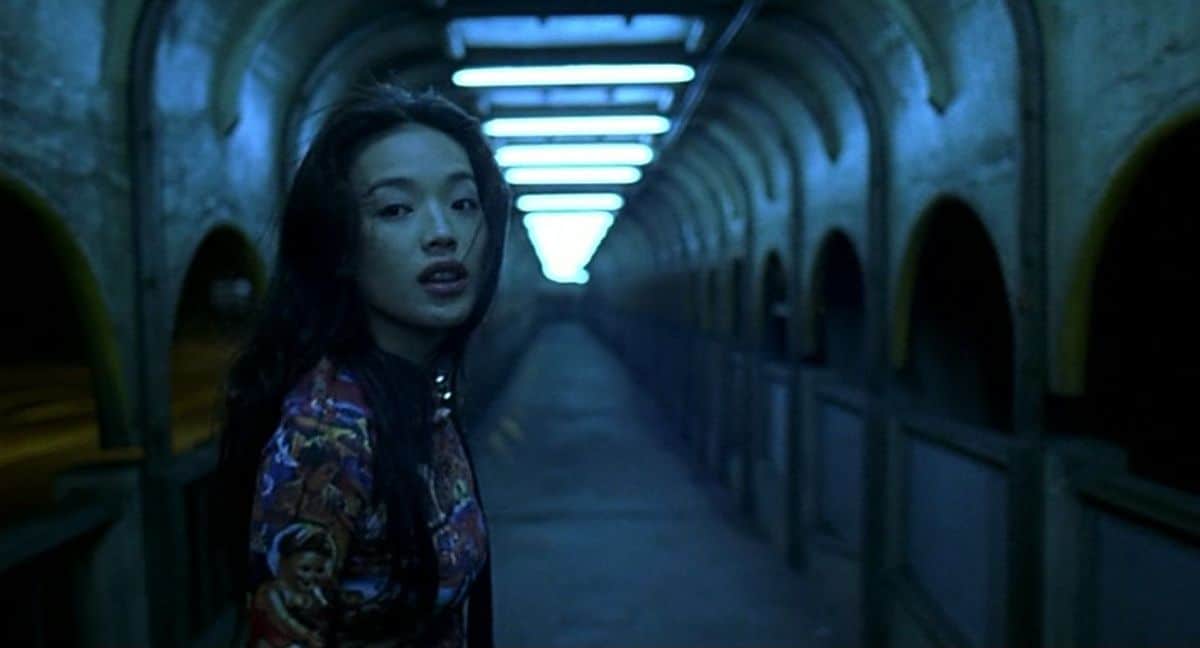
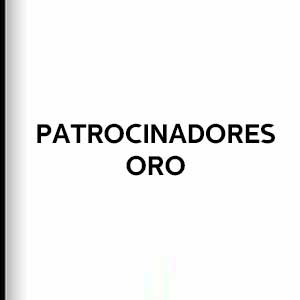



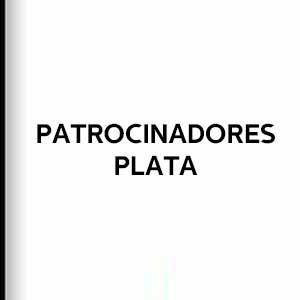



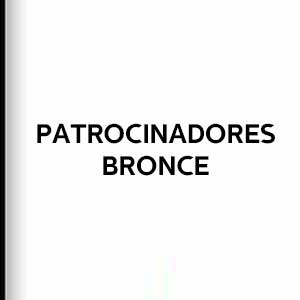









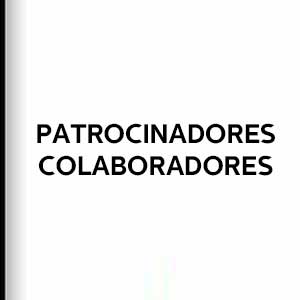


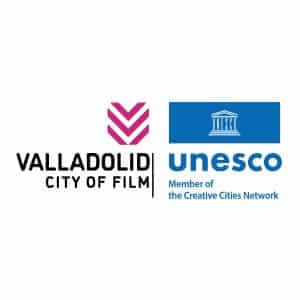
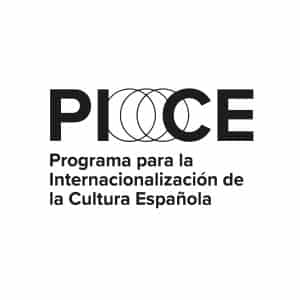



![Logo Foro Cultural de Austria Madrid[1]](https://www.seminci.com/wp-content/uploads/2024/09/Logo-Foro-Cultural-de-Austria-Madrid1-300x76.jpg)








